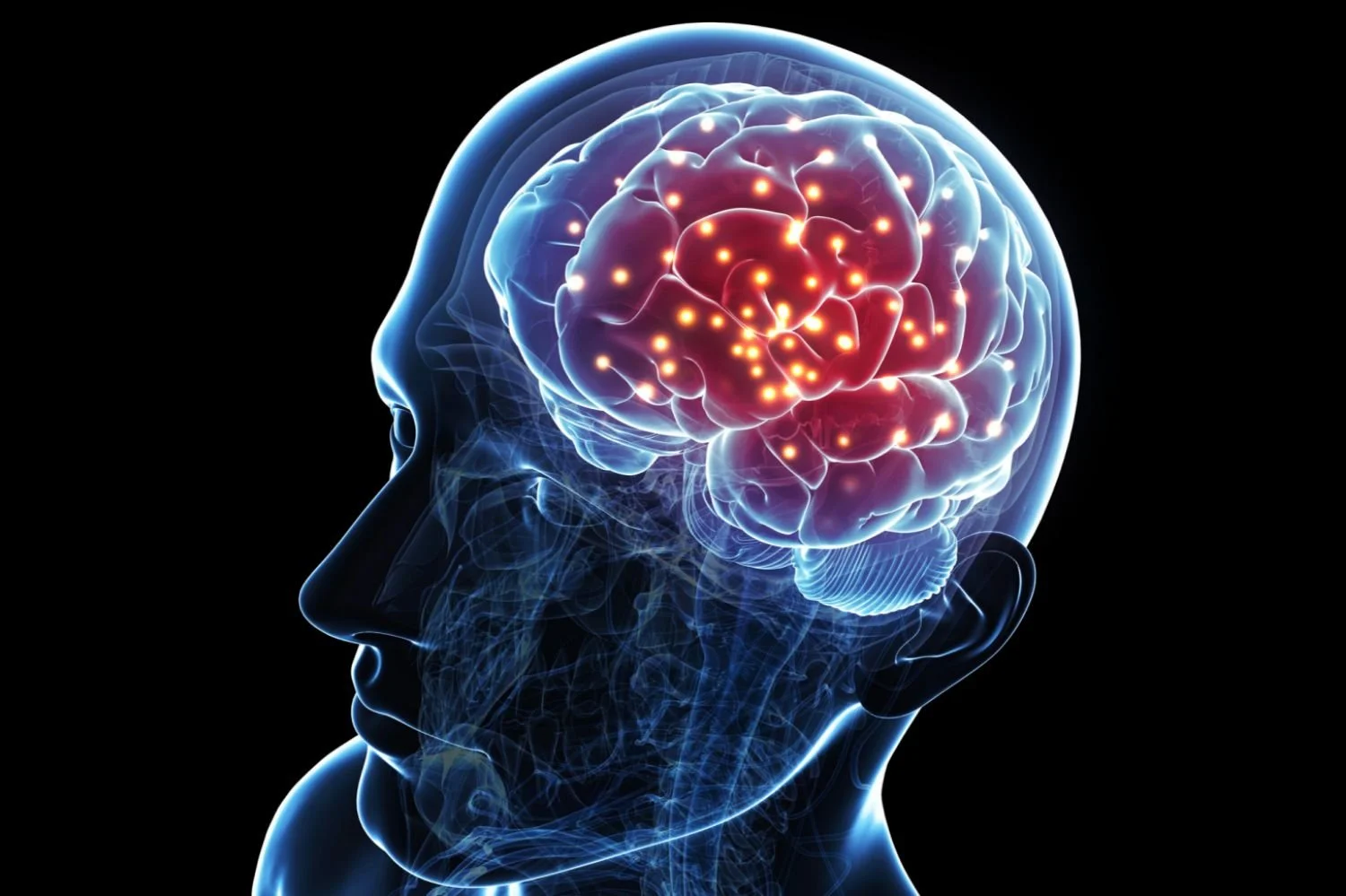The Feeling Brain
Helping children to understand their emotions
by Dr. John Adduru, EdD, RN, BCCS
As educators, parents, and caregivers, we often find ourselves asking questions like, “Why is my child always having a tantrum?” or “What happened at school that’s causing issues with their friends?” These concerns are common among those who care deeply about their children. Addressing these questions effectively not only helps the child but also promotes our advocacy for their well-being.
The Brain and Emotions
In the realms of neuroscience and cognitive science, the brain is often described as a mental workspace. Each part of the brain plays a crucial role in helping humans think, react, receive information, respond to stimuli, and more. Emotions, in particular, are regulated by the amygdala, a part of the limbic system which is responsible for emotional regulation (Cleveland Clinic, n.d.).
For children, whose brains are still developing, the neurons in the brain require fine-tuning. This means that their amygdala can be more easily triggered, leading to heightened emotional responses. Recognizing this is key to understanding why children may have intense emotional reactions.
The Role of the Prefrontal Cortex
According to Koch, C., Massimini, M., Boly, M., & Tononi, G. (2013), the prefrontal cortex, located in the frontal lobe of the brain, is responsible for executive functioning. This includes skills that regulate emotions and response inhibition. These skills are essential for children to understand and control their emotions, building confidence in what they feel.
Practical Strategies for Helping Children
Emotional vocabulary: Teach children the words to describe their feelings. This helps them articulate what they are experiencing and reduces frustration.
Modeling behavior: Demonstrate healthy emotional regulation. Children learn by observing the adults around them. We cannot expect children to demonstrate good behavior if the adults and the environment around them do not set a good example.
Mindfulness and relaxation: Introduce mindfulness practices and relaxation techniques to help children manage stress and emotions.
Join in Play Dates: This gives the child more chances to express and learn how to be more empathetic towards others. Conflict resolution, being compassionate, and helping a friend can teach a child to become more aware of emotions and how the experience becomes meaningful for them.
Move, Move, Move: Children need to move to develop their immature neurons. There are a billion neurons in their brain that need to find the right pathways. Growing up, they need to have enough movement to use their brain capacities in dealing with their bodies.
Being honest with your child about your feelings: It is okay to be genuine towards your child and show your true emotions. They need to understand that you are also a vulnerable human being and let them know that you are not perfect. This promotes more empathetic understanding towards others, which can be translated outside the home.
Understanding and regulating emotions is a complex process, especially for children. By recognizing the role of the amygdala and the prefrontal cortex, and by implementing practical strategies, we can help children navigate their emotions more effectively. This not only fosters their emotional well-being but also promotes a happier, healthier development.
References:
Cleveland Clinic. (n.d.). Amygdala. Cleveland Clinic. Retrieved September 28, 2024, from https://my.clevelandclinic.org/health/body/24894-amygdala
Koch, C., Massimini, M., Boly, M., & Tononi, G. (2013). Neural correlates of consciousness: Progress and problems. Frontiers in Human Neuroscience, 7, 867. https://doi.org/10.3389/fnhum.2013.00867

